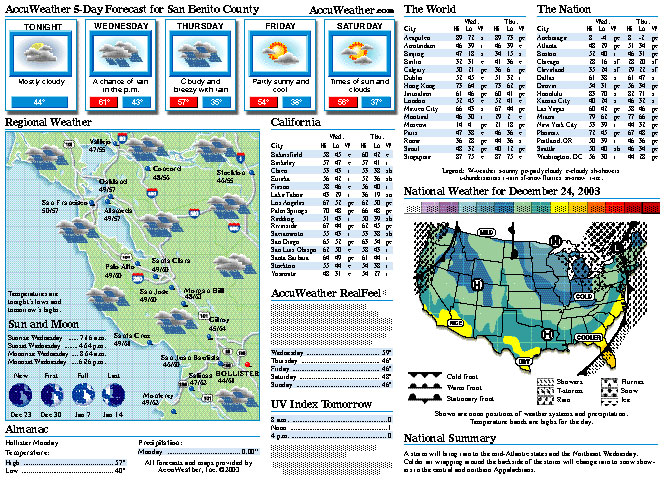Decaf processes detailed
By Dmitri Z. Fridman
Vertigo Coffee
Beer, without the alcohol, potato chips without the fat, coffee
without the caffeine. Indulge in the vice of your choice, sans the
guilt and the consequence that go along with it. Have we finally
reached nirvana? Hardly, but this is the age of technology.
There are various reasons for drinking decaffeinated coffee, but
the challenge is in finding a good one. Currently, there are three
ways to decaffeinate coffee.
Decaf processes detailed
By Dmitri Z. Fridman
Vertigo Coffee
Beer, without the alcohol, potato chips without the fat, coffee without the caffeine. Indulge in the vice of your choice, sans the guilt and the consequence that go along with it. Have we finally reached nirvana? Hardly, but this is the age of technology.
There are various reasons for drinking decaffeinated coffee, but the challenge is in finding a good one. Currently, there are three ways to decaffeinate coffee.
In the traditional, also called European or direct contact method, the green beans are steamed to open up the “pores” and then brought in contact with methylene chloride – an organic solvent, or ethyl acetate – a solvent derived from fruit. These solvents selectively bond with caffeine. The beans are then steamed again to remove any solvent residue and then dried.
Methylene chloride processed coffees retain the most flavor of all the decaf methods. Unfortunately, it is an ugly and ominous sounding name that puts a lot of people off. The Food and Drug Administration permits 10 parts per million of methylene chloride to be present in green beans. The most sensitive tests to date do not indicate more than one part per million present. When you consider that methylene chloride evaporates at 104 degree Fahrenheit, and coffee is roasted at over 400 degree Fahrenheit and later brewed at 200 degrees Fahrenheit, it seems very improbable that any trace finds its way into your cup.
In the Swiss Water Process, beans are soaked in near boiling water. The water absorbs the caffeine, and unfortunately the flavors. The water is then percolated through activated charcoal, which removes the caffeine. In the final step, the beans are returned to the decaffeinated water to re-absorb the coffee flavors.
The Swiss Water de-caffeination process is becoming a popular choice with the ever more environmental and health conscientious consumers. Although the process steals flavor, the company has been making improvements in their process.
Finally, in the Supercritical CO2 method, the liquefied CO2 is combined with steamed beans to extract caffeine. CO2 of course is the stuff that we exhale and that plants absorb. It is, therefore, safe to assume that it’s safe to consume. Since these coffees are not widely available, I have not had the chance to sample it myself, but from what I hear the taste is inconsistent. The CO2 method, though, does hold the promise of offering methylene chloride superior taste and the peace of mind of Swiss Water Process.
Regardless of the method used, there is a loss of flavor and body in decaffeinated coffee. The best approach to finding a good decaf is to look for the coffees that have intense flavors to begin with. African or Indonesian beans are a good choice. Another trick is to use about 20 percent more coffee to make up for the loss of flavor and body.
If you’re okay with some caffeine, there are some naturally low caffeine beans on the market. Brazil’s Dattera Opus is one such coffee. It has half the caffeine of regular Arabicas. Another way of getting more flavor out of your cup of decaf is to blend decaf with regular coffee.
Recently, there was an exciting announcement made. A San Francisco based start up, The DeCaf Company LLC, announced a new product. It is a stir stick that, currently, removes 70 percent of caffeine from any caffeinated liquid. I can’t wait for this product to become available.
Coffee fact:
Caffeine is a compound found naturally in coffee and more than 60 other plants.
Dmitri Fridman is the founder of Vertigo Coffee, which he roasts at his San Juan Bautista home. He can be reached at Dm****@ve***********.com or visit www.vertigocoffee.com.








